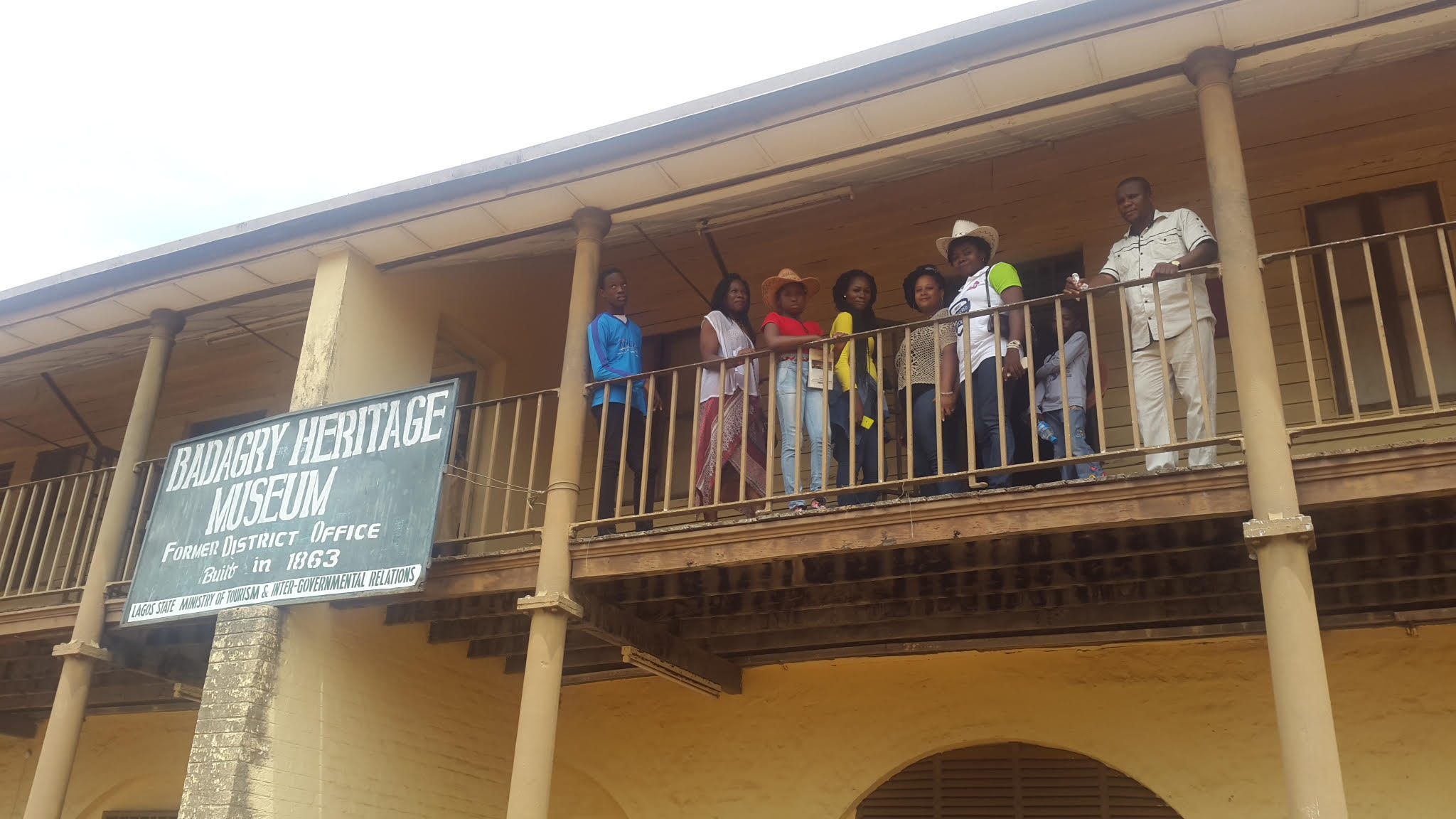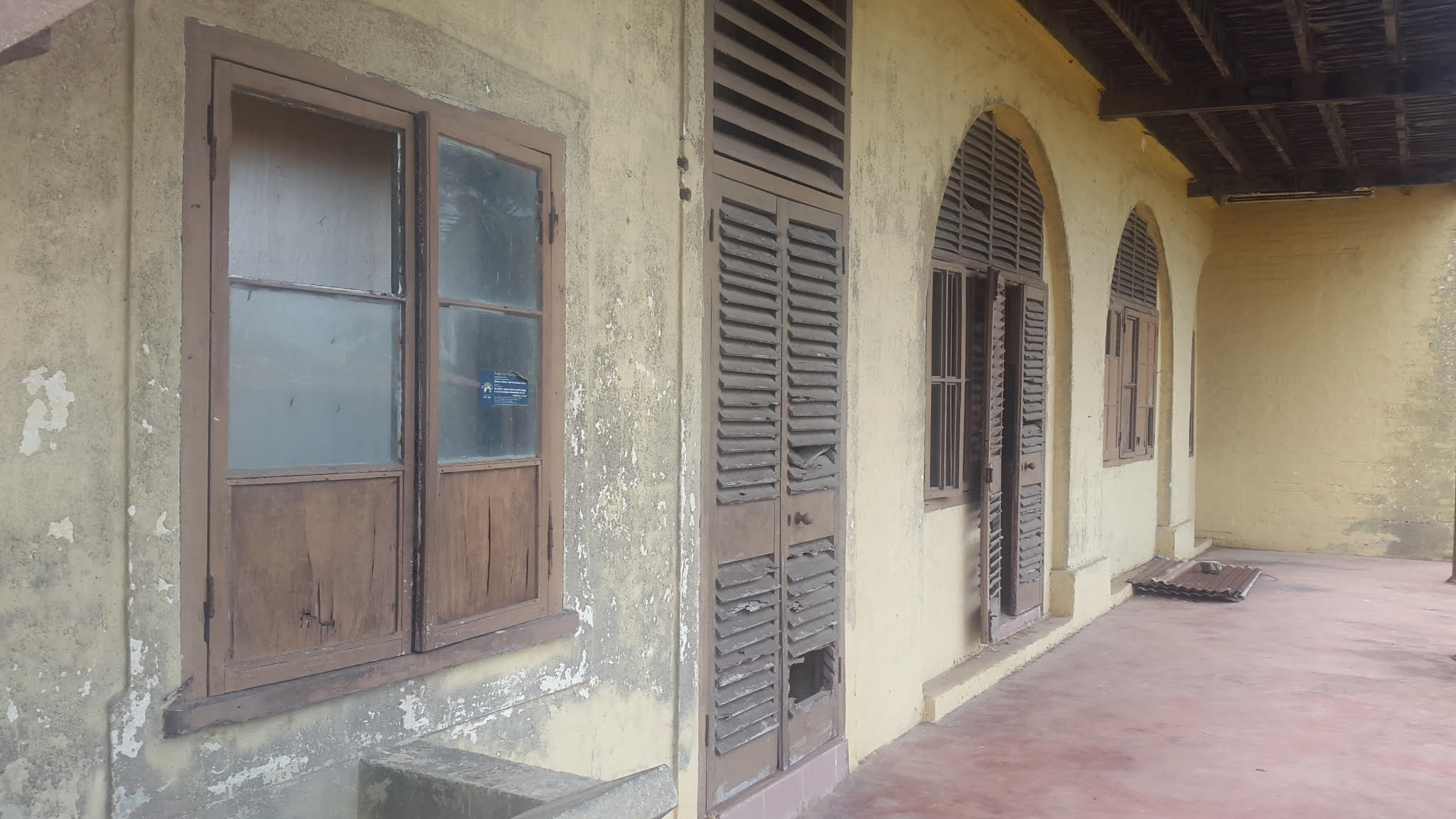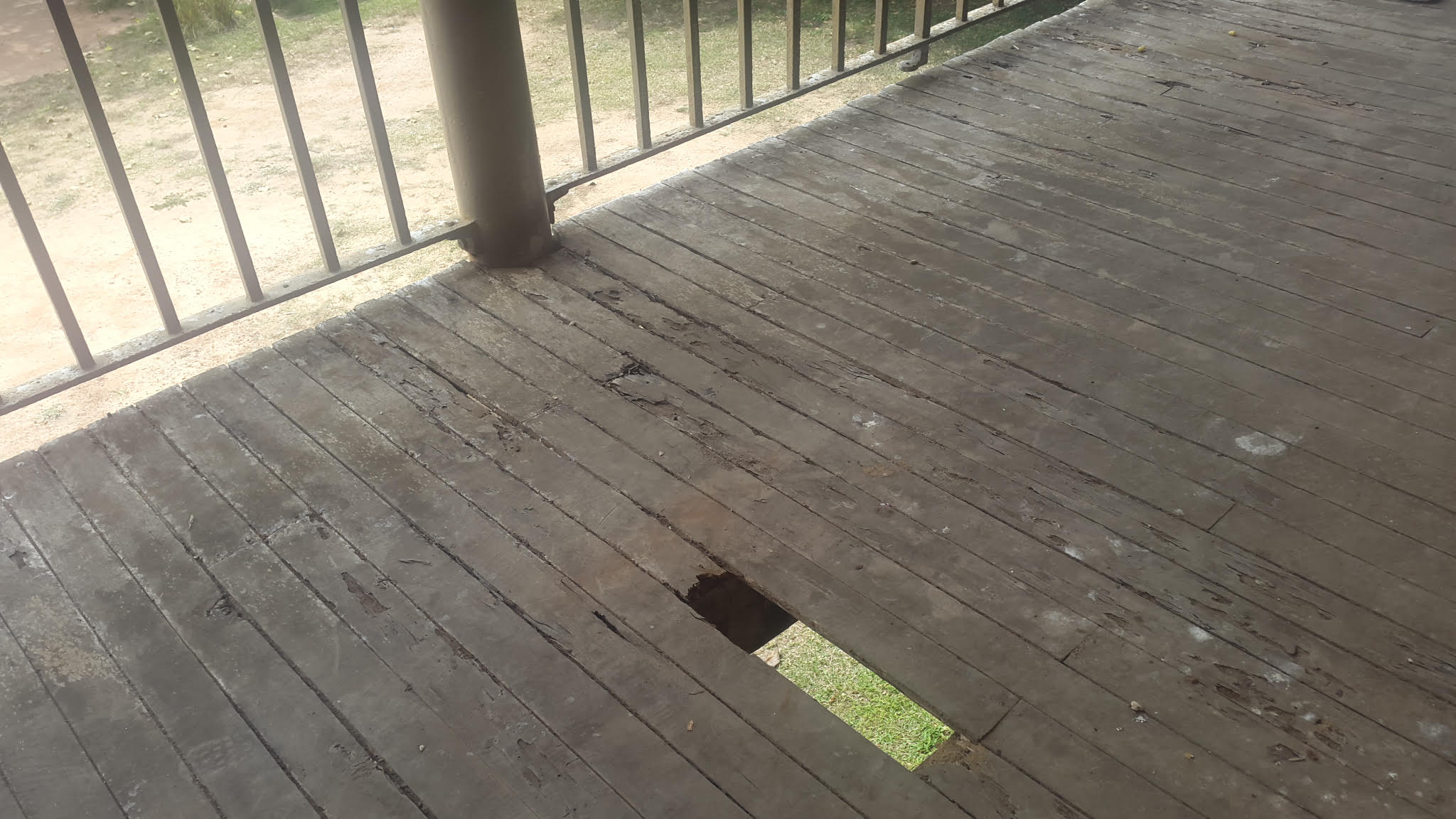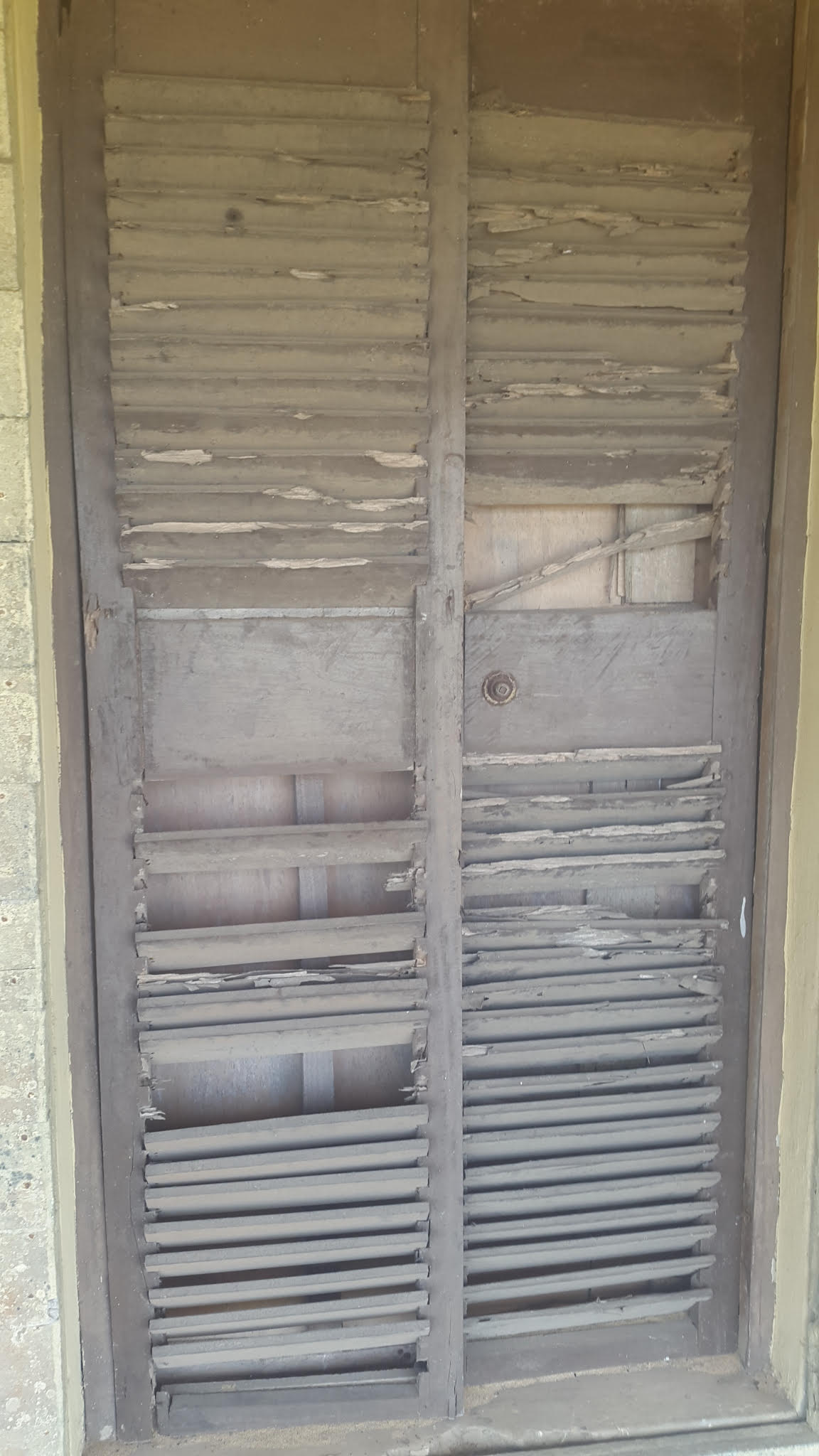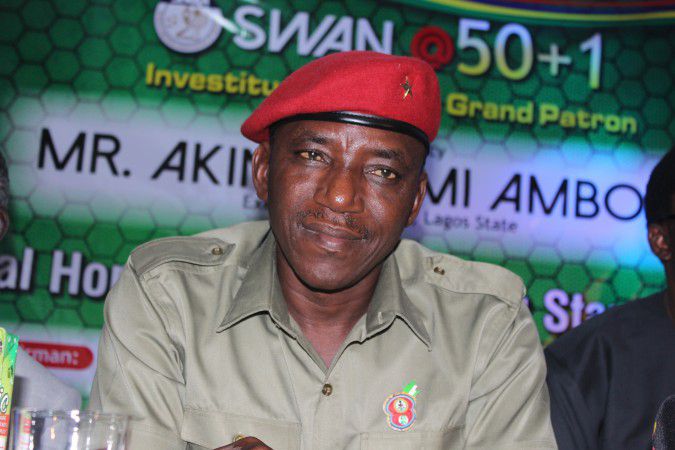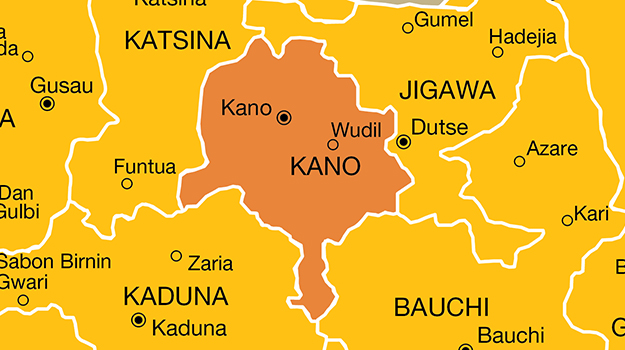BY PELU AWOFESO
The Badagry Heritage Museum is in a shocking state of disrepair, barely 15 years after it opened to the public. Signs of its deterioration are everywhere in and out of the colonial-era structure housing it, an architectural charm from the 1860s.
As a travel journalist, I’ve visited Badagry countless times, sometimes with Nigerian and foreign tourists. But over these years, I have watched the Heritage Museum diminish in stature and substance.
On my most recent trip on July 16 — just days after Governor Akinwunmi Ambode was there on a working visit — signs that all was not well with the museum were all over the surroundings, from the washed-out inscription on concrete slab at the front gate to the weed-infested lawns in the museum’s premises.
Advertisement
The paintwork on the building itself is fading and the metallic components have badly corroded. Inside, the walls are falling off, leaving ugly patterns here and here, noticeably more in the reception. The generator, the museum’s main source of electricity, has fallen into disuse, so the nine well-stocked galleries are in near darkness.
The most unbearable proof of the building’s decay are the floorboards, weakened on the upper floors and along the entire length of the balconies; they are also riddled with holes, so you see the ground floor through them, which heightens the fear one feels.
Advertisement
I had my heart in my mouth, literally, walking on them — it felt like they were going to give way under my feet with every step I took.
And so when tourists come around, they leave almost immediately — foregoing what should have been an extremely enriching tour of a museum that tells a very comprehensive story of the trans-Atlantic slave trade, which Badagry town played an active role in.
As a consequence, the state government loses monthly revenues that could potentially amount to millions of naira annually.
And the morale of the staff I met was disturbingly low. It didn’t take long to find out why. “We’ve been working as casual staff all these years,” one of them told me. “Our employment should have been regularised since, but no one is doing anything about it.”
But the museum was not like this in October 2010, when I visited with a busload of tourists. On that day, everything was as it should be: the building shone brightly in the midday sunlight and we delighted in taking several photographs in front of it; the in-house guides, three of them, conducted visitors around the exhibits with aplomb and an admirable sense of duty. And the generator roared into life whenever it was needed.
Advertisement
What’s more: there were even a few crafts stalls in the compound, which afforded tourists an opportunity to buy souvenirs. So it is no wonder that the 25 tourists who visited Badagry with me on that trip six years ago still talk about the unforgettable experiences we all had.
If the Badagry Heritage Museum was good in 2010, then it was grand in 2002 when it was the centre of attraction during the first edition of the Black Heritage Festival, which has since been rested. I recall the hundreds of residents and tourists, including African-American Mayors and the African diaspora, streaming in and out of the museum, fascinated by the photographic and sculptural exhibits. So what has happened to this once-magnificent attraction? In two words: government neglect.
“We can’t place the blame solely on government,” says an indigene, an active stakeholder in Badagry’s tourism development drive. “We should look closely at and question the museum’s immediate management. I am aware many people visit the place on a daily basis and they pay to enter. What is the money used for? Who is accountable for it?”
Much as I was alarmed by that conversation, I was pleased to read Governor Ambode’s inspiring plan for the town.
Advertisement
“As a government, we will invest in tourism in Badagry and make it a pleasurable tourism and resort site,” he tweeted on July 13, a day after he arrived. “We’ve fine-tuned plans to make the ancient town of Badagry a hub of tourism & resort enterprise in Africa within the next 18 to 24 months.”
Curious, I combed the net to see if during his three-day stay in Badagry, Governor Ambode visited any of the town’s top tourist sites. Apart from a stop at a Badagry Recreation Park, there was no evidence that he did. He should have.
Advertisement
That notwithstanding, I am hanging on to the governor’s promised plan for tourism development in a town that continues to enjoy tourist visits, even with inadequate facilities.
“Politicians can promise heaven and earth while running for office, but what they do when they get there is a different thing altogether,” another indigene told me in a phone conversation.
Advertisement
“Even when government has good intentions, it depends on who is charge of the relevant departments, agencies and ministries, in this case Arts, Culture & Tourism.”
Awofeso is a winner of the CNN/Multichoice African Journalist Awards for tourism reporting.
Advertisement
